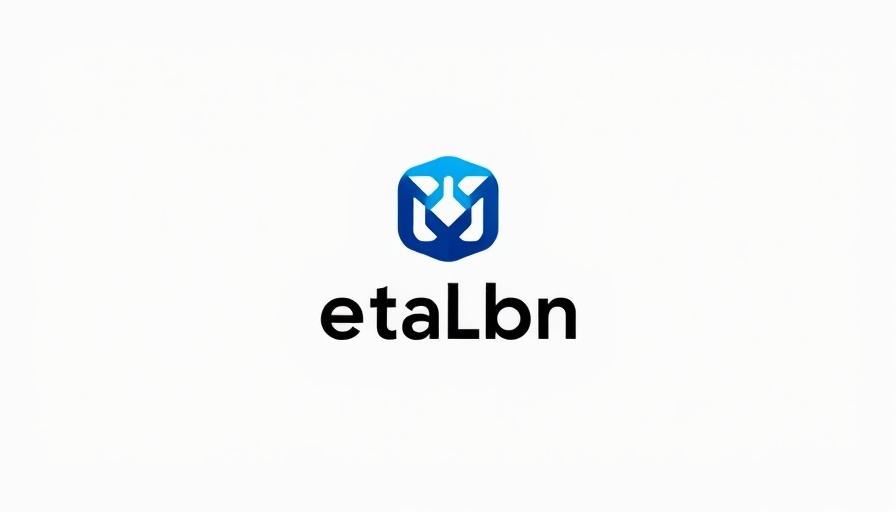
Understanding the Minefield of Personal Interactions
Navigating the world of relationships can often feel like a challenging maze, especially for business owners who thrive on building connections. You encounter individuals who seem genuinely kind, supportive, and eager to help. Their gestures warm your heart, but is their kindness genuine, or merely a facade?
In a fast-paced business environment, where relationships can make or break opportunities, discerning the authenticity behind kindness is vital. The following exploration reveals eight early warnings that someone’s kindness may be an act, empowering you to forge genuine, reciprocal connections.
1) When Kindness Feels Rehearsed
Trust your instincts—if someone's kindness feels too polished or rehearsed, there might be a hidden agenda. Genuine kindness is often spontaneous, driven by sincere emotions rather than a formulaic script. When you experience kindness that feels starkly practiced, it’s worth questioning what lies beneath the surface.
2) The Red Flag of Inconsistency
Have you ever noticed a person oscillating between kindness and indifference? This inconsistency can signal that their kindness may just be theater. One moment, they are supportive; the next, they act detached. Such erratic behaviors may indicate ulterior motives, leading you to reconsider the nature of your relationship.
3) Over-the-Top Praise
Excessive compliments can also be a warning sign. When someone continuously elevates your achievements and capabilities, it raises an eyebrow—are they genuinely impressed, or are they trying to win favor for their benefit? Recognizing authentic feedback requires discernment; praise should feel balanced and sincere.
4) Viewing Kindness as a Transaction
In a business setting, if someone appears to only show kindness when there’s something to gain, it can reveal a transactional mindset. Genuine relationships thrive on mutual respect and understanding, not a quid pro quo arrangement. Reflecting on the nature of these interactions can help you identify where true camaraderie lies.
5) Indifference Toward Others
Notice how kind individuals treat those outside their immediate circle. If someone is courteous towards you but dismissive of others, it could just be a strategy to project a positive image while remaining self-serving. Building connections requires empathy at all levels, not just selective kindness.
6) Hidden Agendas
If conversations increasingly pivot towards how they can benefit themselves rather than engaging in mutual sharing, it may become clear that their kindness is a veiled tactic. Look for balance in conversations; reciprocity should be present, signaling the authenticity of your relationship.
7) Lack of Accountability
When someone demonstrates kindness yet fails to own their mistakes or shortcomings, it introduces doubt regarding their motives. Authentic relationships are founded on accountability; absence thereof can indicate a façade masking a more self-serving intent.
8) Emphasizing Emotions Over Actions
Lastly, be wary of individuals who emphasize their emotional investments over their actions. If their words don’t align with their behaviors, it may signal that their kindness is performative. Genuine relationships are marked by consistent actions reflective of said emotions.
Summary: The Importance of Genuine Connections
Understanding these eight warning signs can profoundly impact how you manage personal and professional relationships. In business, authenticity can lead to stronger connections, enriched networking, and genuine partnerships. While it is essential not to view every act of kindness with skepticism, employing your instincts and remaining observant will facilitate healthier interactions.
As you consider opportunities for growth, remember to surround yourself with individuals who uplift and respect you authentically. If you’re interested in exploring techniques to fortify your personal brand and relationships further, do not hesitate to seek out resources that can help foster genuine connections.
 Add Row
Add Row  Add
Add 




Write A Comment